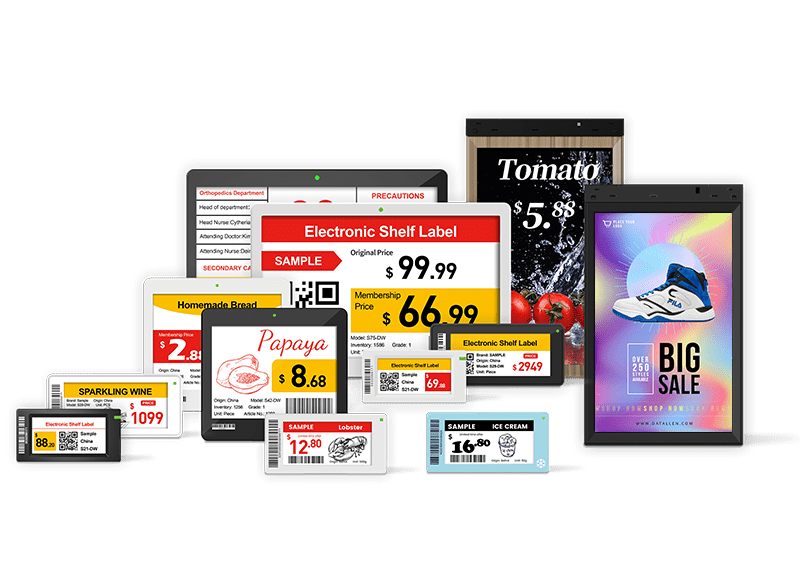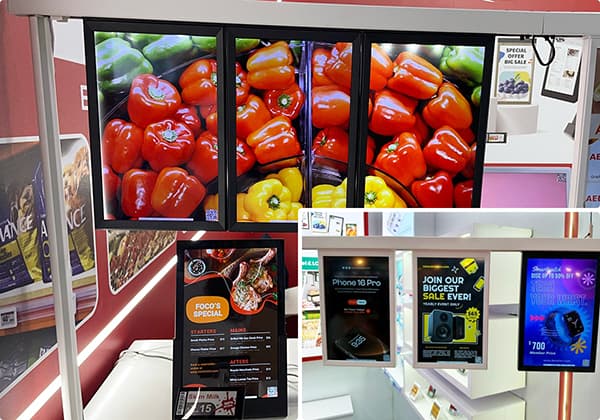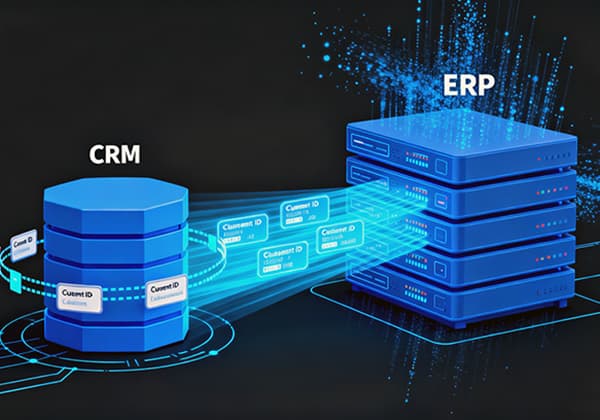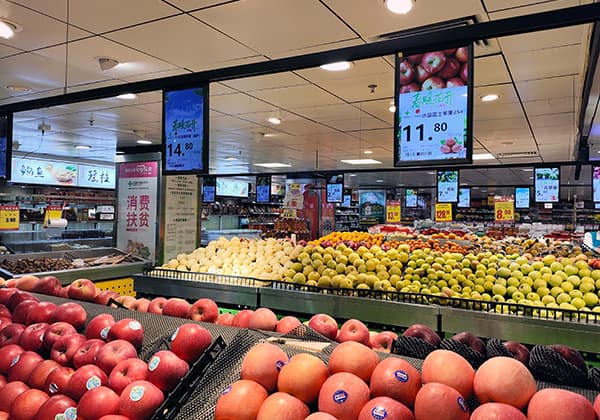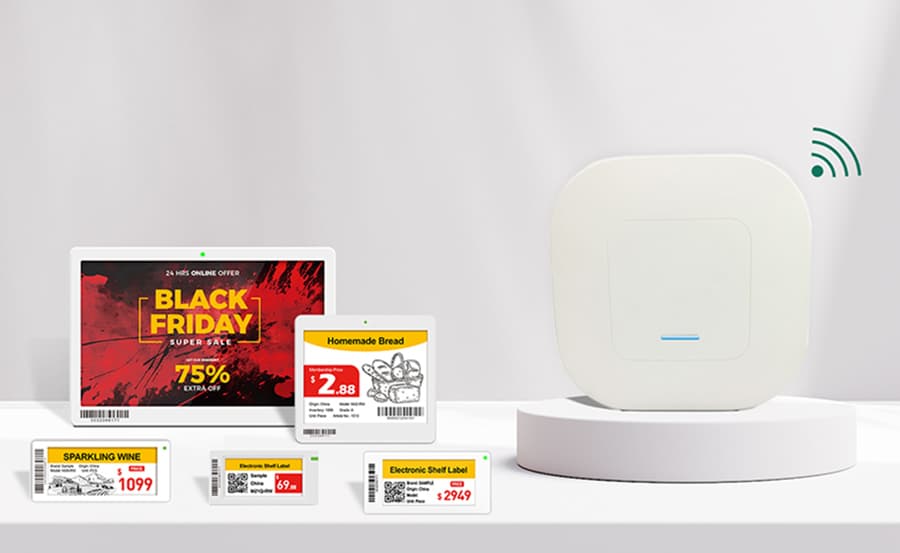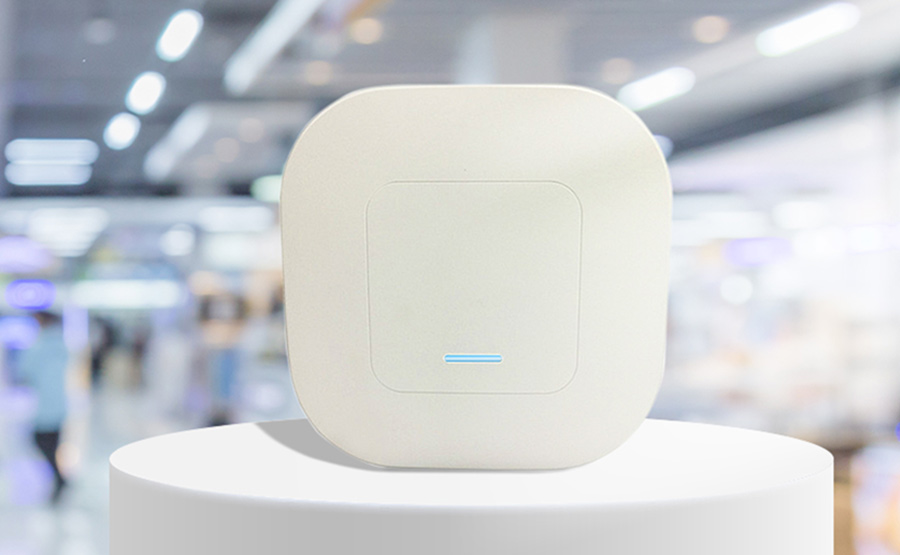Introduction: Why Pricing Intelligence Matters for Modern Retailers
The era when retailers set prices once per quarter based on instinct and vague assumptions about competitors is over. Today’s market leaders thrive because they use retail price intelligence—a data-driven, continuously evolving approach that transforms pricing from a back-office function into a profit engine.
This article provides a deep dive into the complexities of retail price intelligence: what it is, why it matters, how systems are structured, which strategies it powers, the role of enabling tools, and how technologies like digital price tags (ESLs) ensure strategies are executed seamlessly across channels.
What is Retail Pricing Intelligence?
Retail pricing intelligence (sometimes referred to as retail pricing analytics) is the continuous process of collecting, analyzing, and acting upon massive volumes of internal and external data to determine the most profitable and competitive prices.
It extends well beyond “knowing your competitors’ prices.” A robust intelligence framework integrates:
Competitor pricing (Competitive Price Intelligence): How much are Amazon, Walmart, and niche players charging for comparable items?
Market trends: What are the broader economic indicators, seasonal shifts, and consumer sentiment shaping demand?
Customer behavior: How do shoppers react to price changes? What is their willingness to pay? Here, concepts like price elasticity become central.
Internal factors: What are your costs, inventory levels, and business objectives?
Modern systems automate this process with algorithms and machine learning, producing actionable insights in near real time. Instead of reacting to market changes days later, retailers can proactively adjust their strategy.
Example: A fashion retailer notices rival stores consistently pricing jeans lower. Price intelligence helps them determine whether this is due to lower costs, a temporary traffic-driving strategy, or consumer demand shifts. Based on the analysis, they may lower their price, bundle jeans with complementary products, or maintain pricing but emphasize premium quality.
Why Pricing Intelligence is Non-Negotiable
Failing to embrace data-driven pricing is no longer an option.
The cost of guessing: Pricing too high damages sales; pricing too low erodes margins. Intelligence eliminates guesswork.
Competitive arms race: Giants like Amazon make millions of AI-driven price changes daily. Manual tracking is impossible to match. Competitive intelligence acts as your radar on this battlefield.
Empowered consumers: Over 78% of shoppers prioritize value-for-money and use instant comparison tools. Retailers must know as much—or more—than their customers to stay relevant.

What is the Pricing Intelligence System?
Retail Price Points and Customer Psychology
Price points aren’t just numbers; they shape consumer perception. A $9.99 item feels significantly cheaper than $10, even though the difference is negligible. Effective price intelligence respects these psychological thresholds.
How a Pricing Intelligence System Works
A mature system operates in continuous loops:
1. Data Collection – Web crawlers, APIs, and POS integration gather data on competitor prices, promotions, and stock availability.
2. Analysis – AI cleans and models the data, identifying elasticity, forecasting demand, and pinpointing optimal prices.
3. Action – Insights feed into dashboards or automated rules that adjust e-commerce and in-store prices in real time.
4. Execution Layer – ESLs in stores instantly reflect new prices, ensuring online–offline consistency.
Core Components
Competitive price intelligence: Tracks rival pricing and promotional strategies.
Optimization algorithms: Model costs, margins, and scenarios to recommend precise price points.
Integration capabilities: Links to ERP, PIM, and ESL networks for seamless execution.
Visualization dashboards: Translate data into clear insights for executives.
The Role of Digital Price Tags (ESLs)
For brick-and-mortar retailers, strategy is only as good as execution. Digital price tags bridge digital insights with physical shelves:
Synchronizing channels: Online prices change instantly; paper tags lag. ESLs update within seconds across thousands of SKUs.
Beyond price: Modern ESLs display QR codes, promotions, unit pricing, and even environmental data, enhancing shopper engagement.
Operational efficiency: Replacing paper tags is costly and error-prone. ESLs eliminate manual effort and reduce checkout disputes.
Case in point: Fresh food supermarkets use ESLs to update perishable prices multiple times a day, while 3C appliance retailers rely on precise, differentiated pricing for high-ticket items.

What are the 5 C's of pricing?
The 5C pricing model is a framework that helps retailers make smarter pricing decisions. The 5Cs stand for Cost, Customer, Competitor, Channel, and Company.
Cost: This includes all expenses related to producing, sourcing, and selling a product. Retailers must ensure their prices cover these costs while leaving room for profit. For example, a handmade jewelry maker must consider the cost of raw materials, labor, and overhead before setting a price.
Customer: Understanding customer price sensitivity and willingness to pay is critical. Different customer groups have different expectations. A luxury brand targeting high-end shoppers can set higher prices, while discount retailers serving price-conscious customers must keep prices low.
Competitor: Monitoring and responding to competitor prices is essential. If a competitor offers a similar product at a lower price, the retailer may need to adjust their pricing or differentiate their product to stay competitive.
Channel: The sales channel also influences pricing. Products sold directly through an online store may be priced differently from those sold in physical stores due to different overhead costs.
Company: A retailer’s brand image and overall business goals also affect pricing. A well-established brand with a strong reputation may charge premium prices, while a new retailer aiming to expand market share might set lower, more competitive prices at the beginning.
Retailers often combine this framework with intelligence-enhanced pricing strategies, such as:
Dynamic pricing: Continuously adjusting prices based on real-time supply, demand, and competitor data. This represents the most advanced use of pricing intelligence.
Value-based pricing: Setting prices based on perceived value rather than just cost-plus. For example, luxury brands rely on this because customers are willing to pay extra for exclusivity, quality, and brand reputation.
Hard discounting: A strategy where retailers bypass middlemen through deep supply chain analysis, offering consistently low prices. Brands like Aldi or JD’s discount stores are examples of this model, which challenges traditional pricing.
Psychological pricing: A common tactic based on price perception. For instance, pricing a product at $9.99 instead of $10 makes it feel cheaper, even though the difference is small. This can significantly influence buying decisions. Retailers also use tiered pricing—for example, offering basic, mid-range, and premium kitchenware in a home goods store—so customers can choose based on their willingness to pay.

Choosing Your Tools: What to Look for in a Price Intelligence Solution
What is a price intelligence tool?
A price intelligence tool is a software application that helps retailers collect, analyze, and act on pricing data. These tools range from simple comparison engines to advanced analytics platforms.
Basic tools function like price comparison engines. They let retailers quickly check competitor prices for specific products or categories.
Advanced tools go much further: they track price changes over time, analyze trends, and even forecast future pricing. For example, a tool might use historical price data and market signals to predict when a competitor will lower the price of a product in the coming weeks. Retailers can then adjust their pricing or marketing plans in advance.
Key factors to consider when choosing a price intelligence tool:
Coverage and accuracy: Does it track all relevant competitors, both online and offline? How accurate is the data (look for >98%)?
AI and analytics capabilities: Does it go beyond basic reporting to offer predictive insights, price elasticity modeling, and automated rule-setting?
Integration and workflow: How well does it connect with your e-commerce platform, ERP, and—most importantly—your in-store Electronic Shelf Label (ESL) system? Can it automate workflows so price changes are triggered seamlessly?
Actionability: The best tools don’t just deliver data. They provide clear, actionable recommendations and ensure those changes can be executed effectively across all sales channels.
Competitive Price Intelligence: Staying Ahead of Rivals
Q: What is competitive pricing intelligence?
A: It is the structured process of tracking and analyzing competitors’ pricing, promotions, and assortment to identify strategic opportunities.
Q: What is a price intelligence tool?
A: A solution that automates competitor monitoring, delivering accurate, actionable pricing insights at scale.
Tools of the Trade: Price vs. Cost Intelligence
Q: What is a price intelligence tool?
A: A system focused on external competitors and market data.
Q: What is a cost intelligence tool?
A: A system analyzing internal cost structures to ensure profitability.
Together, they provide a full spectrum view: one ensures competitiveness, the other ensures sustainability. When linked with ESLs, they empower precise margin management.
Future Trends in Retail Price Intelligence
The next frontier will redefine how retailers use intelligence:
AI-driven predictive pricing: Systems that anticipate competitor moves and consumer behavior.
Hyper-personalization: Individualized pricing delivered via apps and ESL-linked loyalty systems.
Autonomous pricing engines: From recommendation to full execution with minimal human oversight.
Omnichannel price consistency: Seamless integration between e-commerce platforms and ESLs.
Ethical considerations: Retailers must balance transparency, fairness, and data privacy in dynamic pricing.
Evolving ESLs: From passive displays to IoT devices that track inventory, dwell time, and communicate with shoppers’ smartphones.
The future battlefield is defined by real-time execution and consumer trust.
Conclusion
By understanding and leveraging different aspects of pricing intelligence—including price points, pricing systems, and competitive analysis—retailers can make smarter pricing decisions. The use of advanced tools such as pricing intelligence software, combined with technologies like digital price tags, gives retailers a significant advantage in optimizing pricing strategies and driving business success.
For more insights, check out:
1. The Importance of Digital Transformation in the Retail Industry
2. How to Create Effective Retail Store Advertising?
3. POP Marketing Mastery: How POP in Retail Drives Sales
4. Retail’s Paperless Shift- Key Technologies Driving Green Retailing
5. How to Start a Convenience Store and Cut Costs with Digital Price Displays

